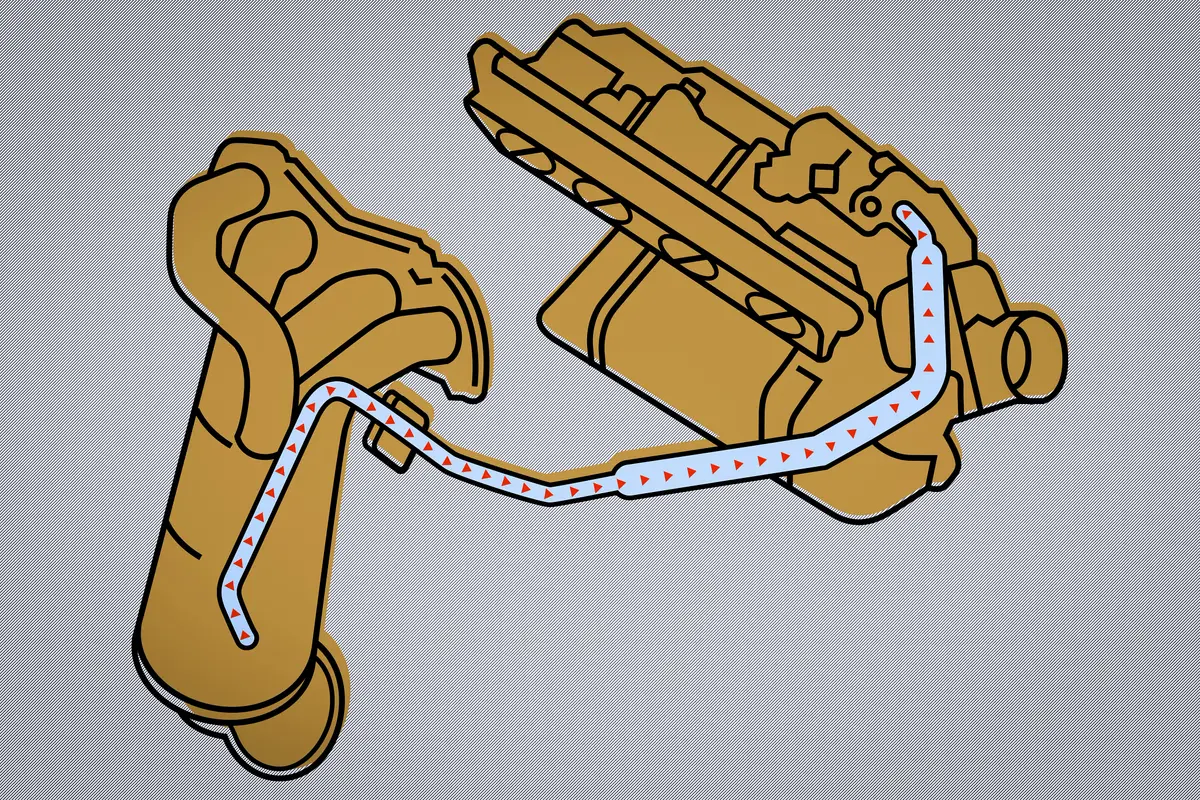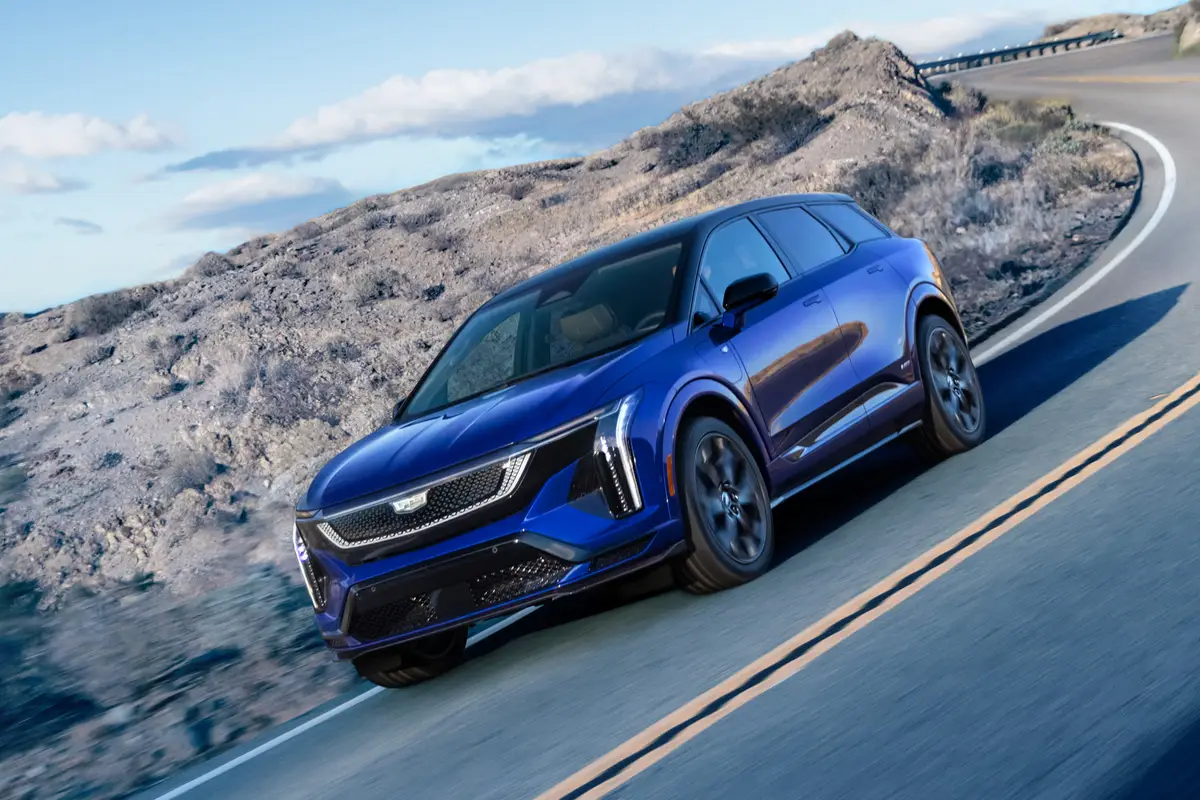Orlando Sentinel's view
Park the Jeep Liberty and Saturn Vue sport utility vehicles side by side, and stand back 50 feet, and obvious differences are minor. Get closer, and look deep, and the differences become major.
Those differences are not so much specific to those two vehicles, but to the design philosophy behind them. One, the Jeep, is a member of the truck-based group of sport utes, which also includes the Nissan Xterra, Ford Explorer, Chevrolet Trailblazer, Toyota Sequoia and Dodge Durango.
The Saturn belongs to the car-based SUV club. Others include the Toyota Rav4, Honda CR-V, Subaru Forester, Toyota Highlander and Lexus RX300.
Is one kind better than the other? Yes. But it depends on what you are looking for. And if you let the manufacturers tell you what you are looking for, it can get confusing.
Honda, for instance, has no real truck-based SUVs, because they have no trucks on which to base their sport utes. And while the Honda CR-V and Pilot are excellent SUVs, they are not as adept at rugged off-road duty as some of their truck-based competitors. However, their on-pavement manners are impeccable, because they are, after all, based on car platforms.
Nissan’s sport utes are truck-based. A Nissan Xterra costs about what a Honda CR-V costs, but the Xterra is considerably more at home in the woods. But the Xterra has a rougher ride around town – not surprisingly, it rides like a truck, not a car.
You can expect a Honda salesman to perhaps oversell the off-road capability of a CR-V to a potential customer, just as you can expect a Nissan salesman to downplay the Xterra’s “truckishness,” if the customer seems more interested in comfort than utility.
At the extremes are the Liberty and the Vue. We’ve rounded up examples that are close in price and equipment for a quick comparison. Both of these are new models, having arrived just last year.
The Liberty is the replacement for the venerable Cherokee, which went with only minor changes for 18 years. The Liberty slots between the pricier, more luxurious Grand Cherokee, and the back-to-basics Jeep Wrangler.
Our test Liberty is a Sport model, powered by the 3.7-liter, 210-horsepower V-6, which is basically a six-cylinder version of the Grand Cherokee’s 4.7-liter V-8. Both those engines are now available in the Dodge Ram full-sized pickup, a tip-off that the Liberty is more truck than car.
The Liberty comes standard with rear-wheel-drive – most car-based SUVs have standard front-wheel-drive – and our test vehicle had Jeep’s Command Trac part-time four-wheel-drive system. That means that the Liberty, in normal driving, is rear-wheel-drive, but if we decide we need extra traction – such as we might turning off pavement, onto the dirt – we’d tug a lever than engages the front wheels, and they will help pull the Jeep along, rather than just roll.
But this is a part-time system, not designed to be used during normal driving. So when the need for extra tracti on ends, we push the lever, and return to rear-wheel-drive.
Lots of other sport utes, including most car-based models such as our Vue, have four-wheel-drive systems that are always engaged. Those vehicles are usually called “all-wheel-drive,” rather than four-wheel-drive. Yes, it is confusing.
The Liberty also has a separate gearbox called a “transfer case,” that allows for low-range gearing when you are off road and need lots of extra power. The availability of low-range gearing is a sure sign of a truck-based SUV.
This transfer case changes the gearing in the regular transmission. The Jeep had the optional ($825) four-speed automatic transmission. When the transfer case is set to the “high” range, the Liberty drives along like any other vehicle. But in “low” range, it still shifts through all four gears, but much more quickly. In high range, the transmission might shift from first to second gear at about 25 mph. In low range, by the time you hit 25 mph, it’s already in fourth. Because of the gearing, your top speed might only be 35 mph, but the Jeep has been pulling like a locomotive up to that point, thanks to the change in gearing. You feel like you can drive straight up the side of a mountain – and plenty of Jeep owners have done just that.
As you would expect, when you drive off-road, you often encounter stumps and branches and big rocks. On a truck-based SUV like the Liberty, you should have plenty of “ground clearance,” which is the distance from the ground to he bottom of the vehicle. Eight inches is considered decent ground clearance. That lets you climb over small obstacles without leaving anything important, such as your transmission, on the trail.
Those parts such as the transmission and oil pan and other potentially vulnerable are typically protected by steel “skid plates,” which are just what they should sound like they’d be. Some skid plates are usually standard on truck-based four-wheel-drive SUVs, and some of those vehicles have optional off-road packages that have bigger skid plates.
Our Saturn Vue also has a V-6 – a 195-horsepower, 3.0-liter V-6. In keeping with our theory, the Saturn L-Series car also has a 3.0-liter V-6. Coincidence? We think not!
The Vue comes standard with front-wheel-drive, but our Vue is all-wheel-drive. It runs along in front-wheel-drive, but if onboard computers detect that the front wheels are slipping, as they might on slick pavement, power is sent to the rear wheels, and all four wheels are powered until the system detects that all tires are getting traction. Then it’s back to front-wheel-drive. It works very well. But even Saturn says on its Web site: “But we don’t recommend attacking concrete-block mountains or fording large rivers, even if you are a professional stunt driver.” There is no low-range gearing.
For just normal driving, though, either vehicle works quite well, with plenty of power for passing. The Vue has one of the best highway rides of any sport-ute, and handling is exceptional. But it is much closer to being a station wagon than what many of us think of as an SUV. Saturn says that, properly equipped, the Vue can tow a 2,500-pound trailer, if the trailer has its own brakes.
The Liberty can tow roughly double that with the Class III towing package, a $245 option.
But its ruggedness and capability has a price. It feels slightly top-heavy during sharp cornering, and at highway speeds, the ride can be a bit jarring. There is a lot of wind noise, likely generated from the big roof rack.
Mileage is also affected. The Vue gets 19 mpg in the city, 25 mpg on the highway. The Liberty gets 16 mpg in the city, 20 on the highway.
As with anything, you pays your money, you makes your choices – in this case, $24,675 for our Saturn Vue, $25,315 for our Jeep Liberty.
Is one better than the other?
Absolutely. But which one depends on what you want.
Latest news



